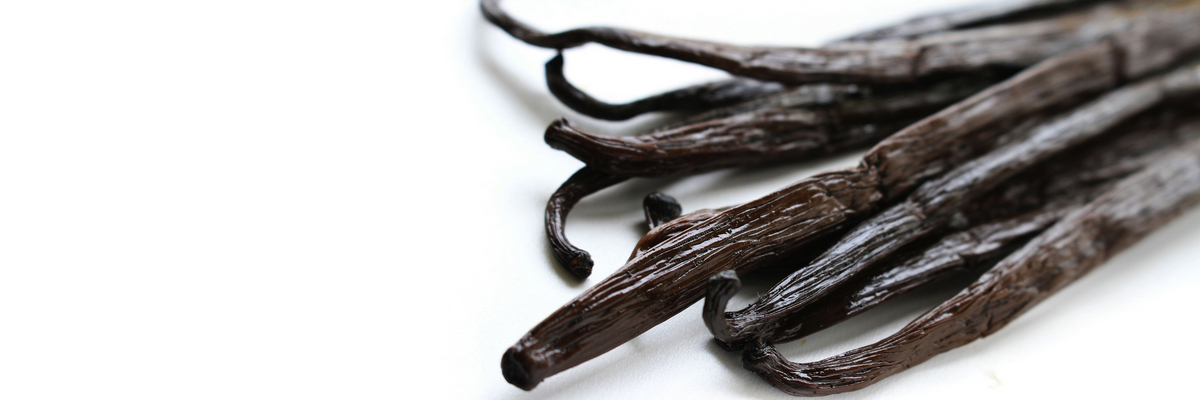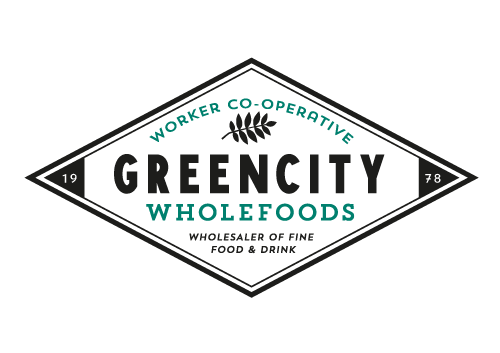You may have noticed a significant increase in price due to much reduced availability of vanilla recently.
Prices have soared in the last year since a cyclone hit Madagascar; the world's largest producer of vanilla, supplying over 80% of the world's yield.
This has led to a shortage of vanilla and an increase in price, reaching $500-$600 per kilo. Only saffron has a higher value.
Vanilla is a crop with a long history in South and North America, cultivated both in Mexico and Colombia and the Spanish conquistador, Herman Cortés, is credited with introducing vanilla to Europe in the 1520's. French entrepreneurs then began to grow vanilla in Reunion and Mauritius during the 19th century. Following this, it was quickly introduced to other Indian Ocean Islands including Madagascar, where it now represents 20% of the island's exports.
The vanilla orchids flowering season is now over, meaning the pods are beginning to grow. However, the production level will not be known until June according to the French trading company, Eurovanille.
A difficult crop to grow, the vines can often take as long as four years to mature. Pollination is done by hand and the crop is hand picked when perfectly ripe.
The price increase has also led to increases in the price of the by-products of the beans. Some artisan ice cream makers stopped producing vanilla ice cream last year and as it was no longer affordable, while others switched to using vanilla flavouring made from other sources.There has been an increase in the demand for artificial vanilla flavouring which we at Greencity are keen to avoid, as these can come from sources such as petroleum.
Larger crops have been planted recently but due to the time they take to mature it may well be next year before this alleviates the present issues.








